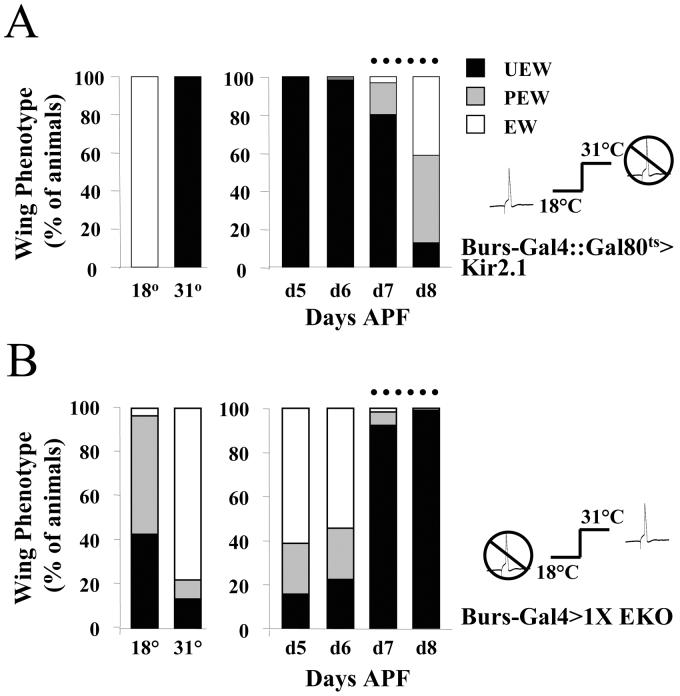Figure 3. Suppression of neuronal excitability in NBurs blocks wing expansion by acting late in development.
Bar graphs showing the frequency of wing expansion deficits in either (A) Burs-Gal4::Gal80ts>UAS-Kir2.1 animals, or (B) Burs-Gal4>1X UAS-EKO animals when raised at constant temperatures of 18°C or 31°C (left panels) or when shifted from 18°C to 31°C at the indicated times during development (right panels). Times of temperature shift are indicated in days after puparium formation (APF), measured at 18°C. In (A), excitability is expected to be suppressed at 31°C as Gal80ts is inactive at this temperature and Gal4 drives Kir2.1 expression. The opposite is true in (B), where the efficacy of the EKO channel is reduced at 31°C relative to 18°C. In both cases, dotted lines indicate the developmental period during which the temperature shift becomes ineffective in reversing the wing expansion phenotype associated 18°C. The state of NBurs excitability during (or just prior to) this period therefore determines the ability of the animals to expand their wings. The action potential icon (open or crossed out) indicates whether or not NBurs are predicted to be excitable at the indicated temperature.

